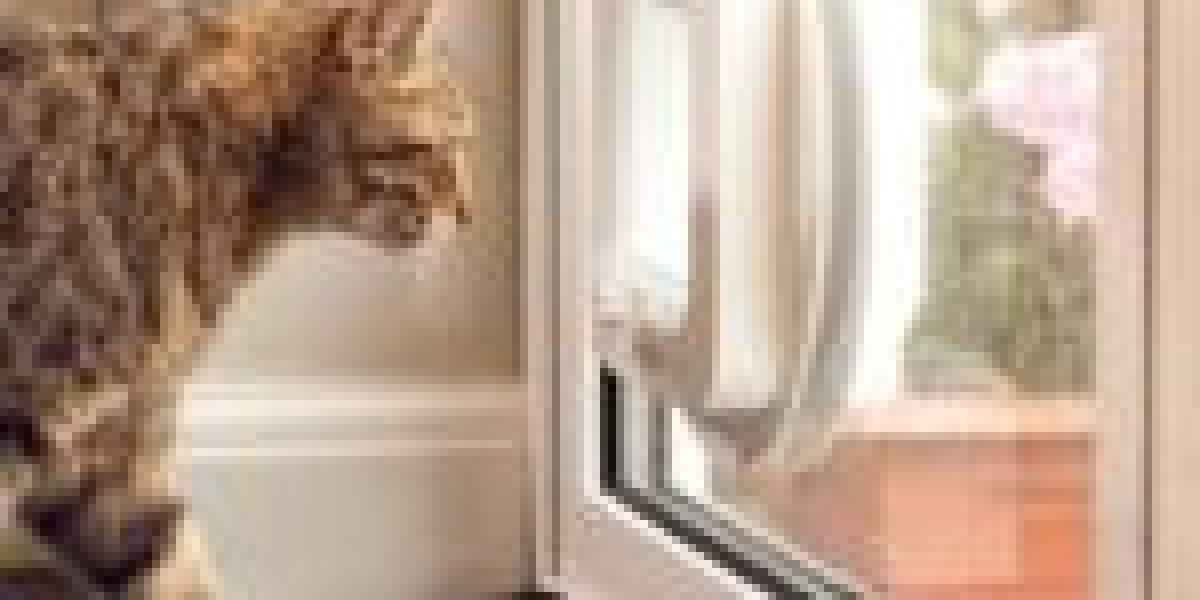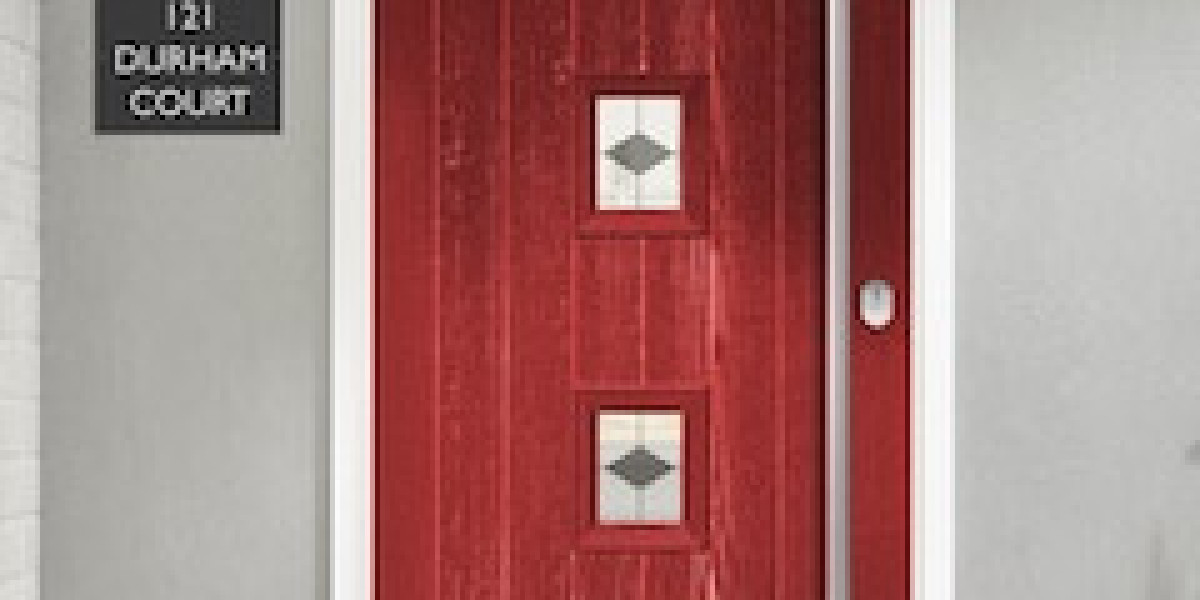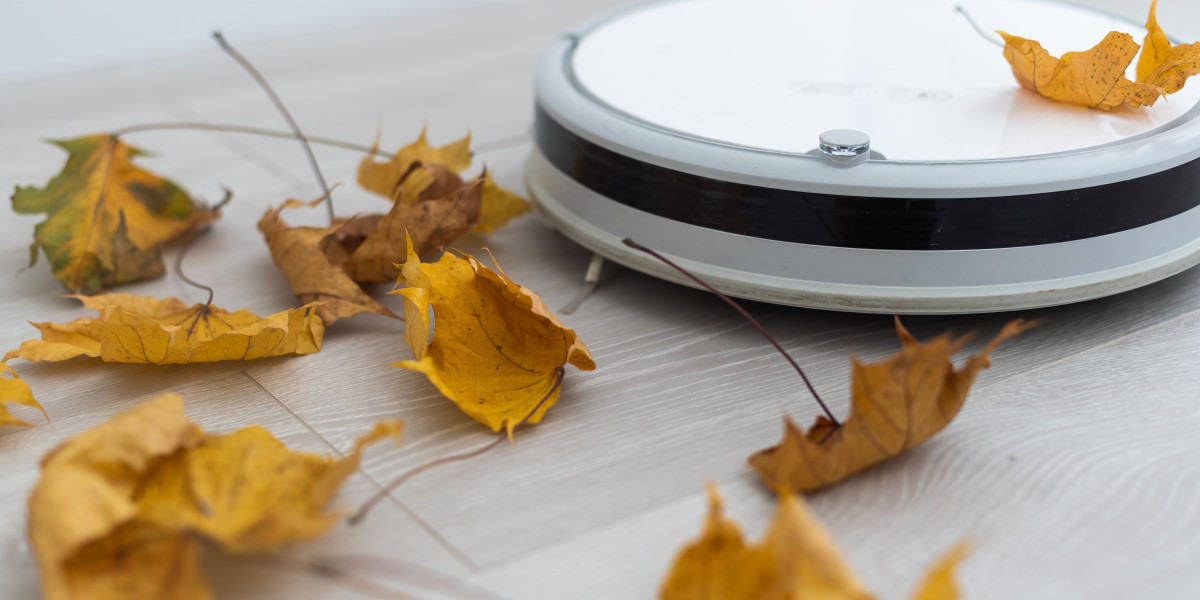The Ultimate Cat Flap Installation Guide: A Step-by-Step Approach
As a cat owner, providing your feline buddy with the flexibility to come and go as they please can be a liberating experience for both you and your pet. Among the very best ways to attain this is by installing a cat flap. Not only does it approve your adjustable cat flap installation access to the outdoors, however it likewise gets rid of the requirement for continuous supervision and cat-friendly door installation-opening duties. In this extensive guide, we will walk you through the process of cat flap installation, covering the essential tools, materials, and considerations.
Picking the Right Cat Flap
Before diving into the installation process, it's necessary to select the best cat flap for your needs. Consider the following elements:
- Size: Cat flaps come in numerous sizes to accommodate various breeds and door types. Step your door and your cat to ensure a comfortable fit.
- Product: Choose from plastic, metal, or magnetic flaps, each with its own benefits and drawbacks.
- Insulation: Consider a cat flap with integrated insulation to decrease heat loss and avoid drafts.
- Security: Opt for a flap with a protected locking system to prevent unwanted visitors.
Some popular kinds of cat flaps include:
- Manual cat flaps: Simple, cost-efficient, and easy to install.
- Magnetic cat flaps: Provide a more protected seal and can be set to open and close immediately.
- Electronic cat flaps: Feature advanced features such as microchip acknowledgment and programmable timers.
Tools and Materials Needed
To guarantee an effective installation, collect the following tools and products:
- Cat flap: The real flap and its parts, such as screws, hinges, and a lock.
- Drill and bits: For making holes and driving screws.
- Saw or craft knife: For cutting through doors or walls.
- Sandpaper: For raveling the installation location.
- Sealant: For filling spaces and guaranteeing a weather-tight seal.
- Weatherproofing products: Such as foam tape or weatherstripping.
Step-by-Step Installation Guide
- Select the installation area: Ideally, the cat flap should be set up in a door or wall that supplies direct access to the outdoors.
- Step and mark the door: Use a pencil to mark the center point of the cat flap on the door.
- Cut a hole: Use a saw or craft knife to create a hole in the door, following the producer's standards for shapes and size.
- Connect the cat flap: Use screws and hinges to secure the cat flap to the door, making sure appropriate positioning and a smooth operation.
- Add a lock: Install the lock according to the maker's guidelines, ensuring it's safe and tamper-proof.
- Weatherproof the area: Apply sealant and weatherproofing products to prevent drafts and moisture entry.
- Evaluate the cat flap: Ensure the flap opens and closes efficiently, and the lock is operating correctly.
Tips and Considerations

- Select the right door: Avoid installing a cat flap in a door that's exposed to harsh weather or extreme wear and tear.
- Consider the cat's convenience: Position the cat flap at a comfy height for your cat, and ensure the surrounding location is clear of challenges.
- Secure the flap: Regularly check and keep the cat flap's locking system to prevent undesirable visitors.
- Keep it tidy: Regularly tidy the cat flap to prevent dirt and debris accumulation.
Often Asked Questions
- Q: Can I set up a cat flap in a wall?A: Yes, but it might need additional materials and labor to produce an appropriate opening.
- Q: Can I utilize a cat flap with timer installation flap in a double-glazed door?A: Yes, however you might need to seek advice from a professional to make sure a proper installation.
- Q: How do I prevent other animals from entering through the cat flap?A: Use a secure lock, and consider including a magnetic or electronic system to manage access.
- Q: Can I install a cat flap myself?A: Yes, but if you're not comfortable with DIY tasks or uncertain about the installation, consider speaking with a professional.
Conclusion
Installing a neighborhood cat flap installer flap can be a fulfilling experience for both you and your feline friend. By following this comprehensive guide, you can ensure a successful installation that offers your cat with the flexibility to come and go as they please. Keep in mind to consider your cat's comfort, security, and needs when choosing and setting up a cat flap. With the right tools, materials, and understanding, you can develop a safe and welcoming environment for your cherished pet.
Extra Resources:
- Local animal shelters: For suggestions on cat habits and welfare.
- DIY sites: For tutorials and installation guides.
- Manufacturer websites: For product details and installation directions.
- Professional contractors: For expert suggestions and installation services.
Glossary:
- Cat flap: A little pet-friendly door Installation or opening that allows a cat to get in and exit a structure.
- Magnetic cat flap: A type of cat flap that utilizes a magnetic seal to close the flap.
- Electronic cat flap: A type of adjustable cat flap installation flap that includes sophisticated features such as microchip acknowledgment and programmable timers.
- Weatherproofing: The process of making a cat flap installation weather-tight and resistant to moisture entry.








